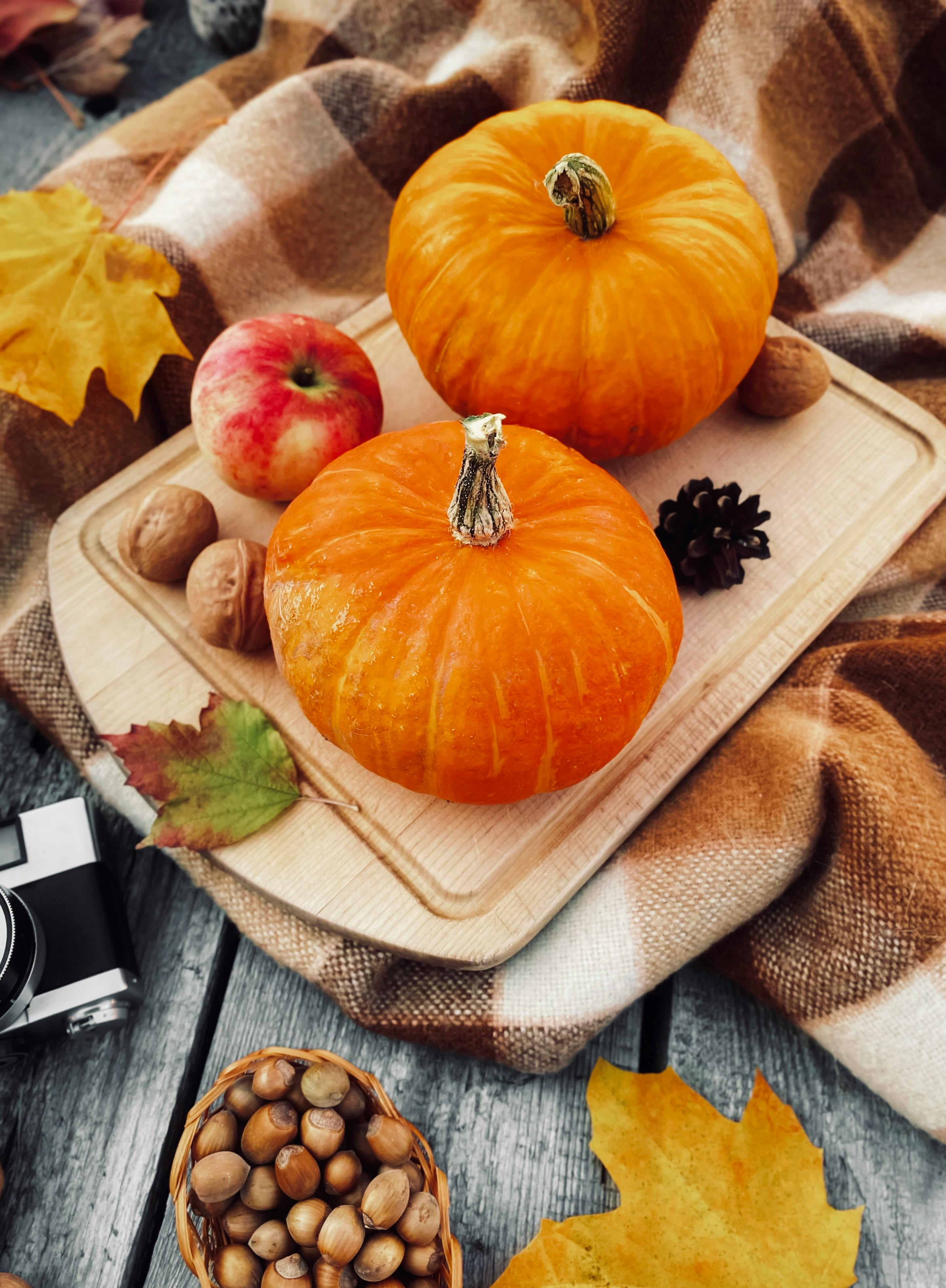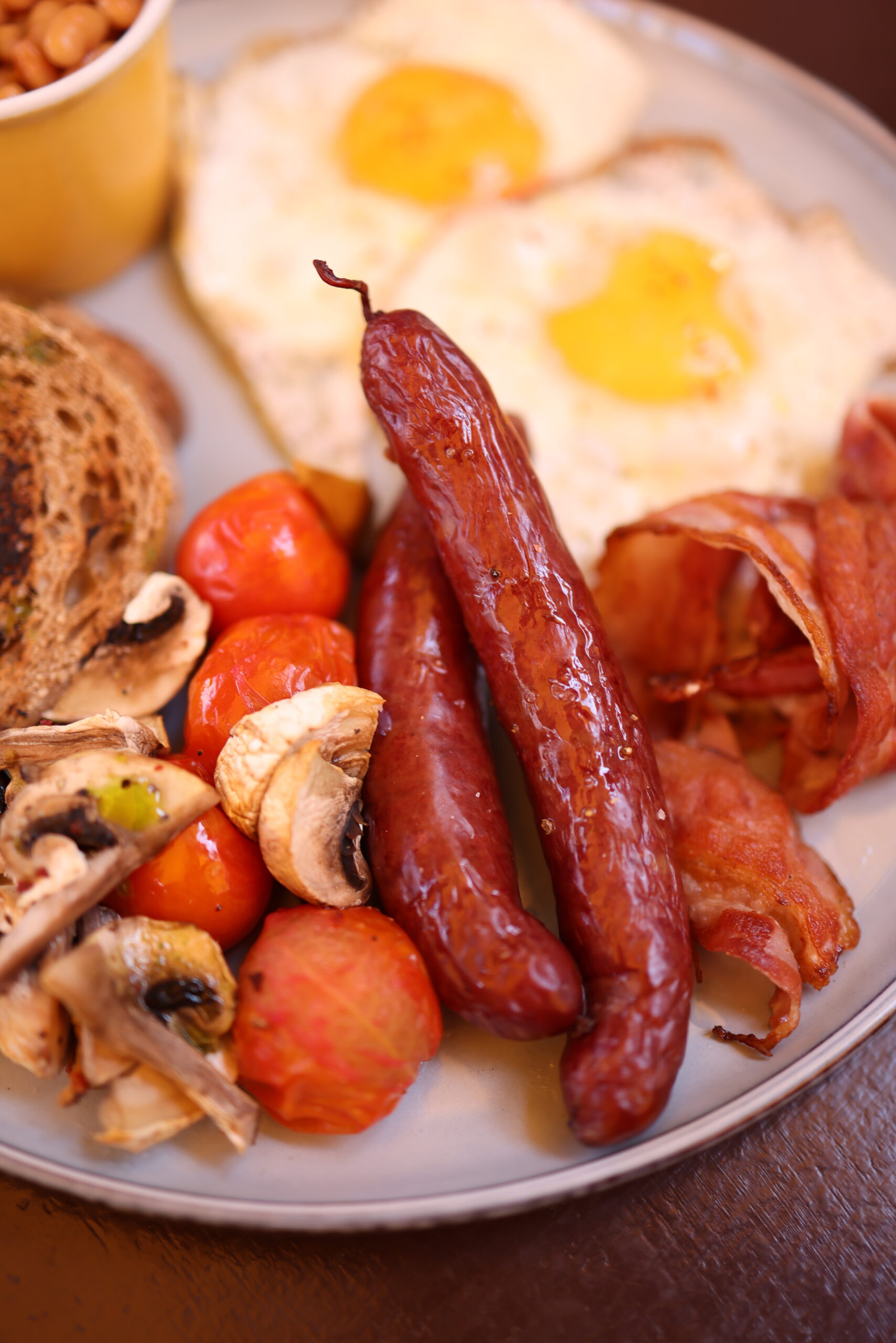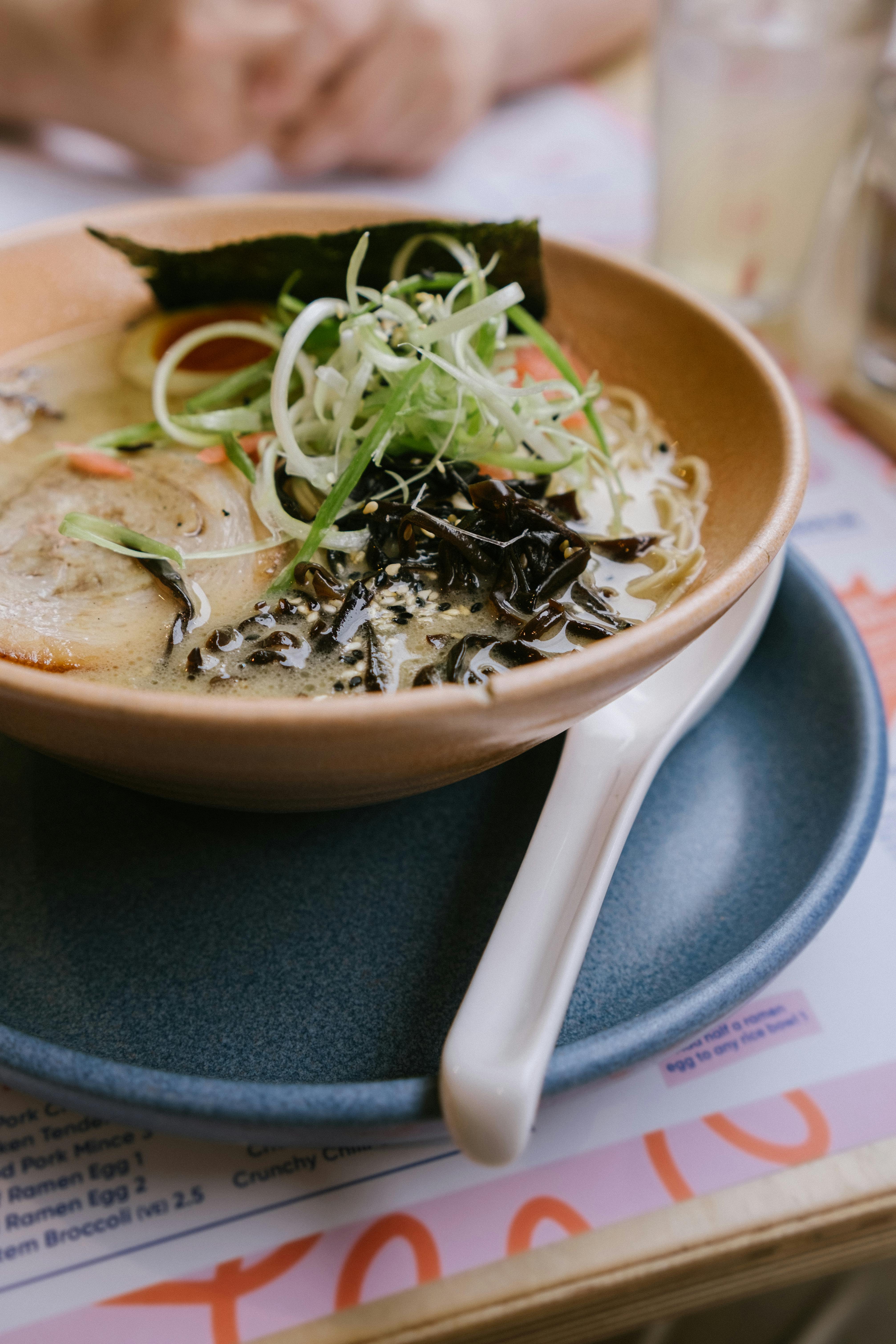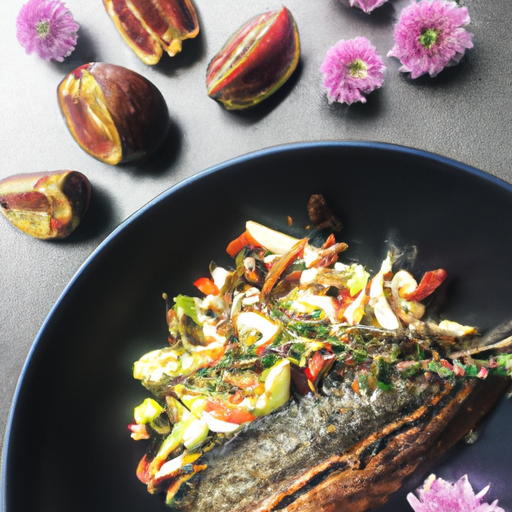Want to take your culinary skills to the next level? Look no further than the art of food plating. In the world of gastronomy, presentation is just as important as taste. Whether you’re a seasoned chef or a novice cook, mastering food plating techniques can elevate your dishes from ordinary to extraordinary. Join us as we explore the secrets behind creating visually stunning plates that will impress your guests and leave them wanting more.

1. Understanding the Importance of Food Presentation
Food presentation plays a vital role in enhancing the overall dining experience. It goes beyond just the taste and quality of the food; it involves the art of showcasing and presenting the dish in an appealing and visually stunning way. The way a dish is plated can elevate the entire eating experience, stimulating not only the taste buds but also the sight and even the sense of touch.
1.1 Enhancing the Dining Experience
Food presentation goes hand in hand with the enjoyment of a meal. The visual appeal of a well-plated dish can excite and entice you before you even take the first bite. When the presentation is thoughtfully executed, it can create a sense of anticipation and build excitement around the meal. By enhancing the dining experience, thoughtful food plating can leave a lasting impression and make the meal more memorable.
1.2 Creating Visual Appeal
A beautifully plated dish can be a work of art. The arrangement of colors, textures, and shapes on the plate can catch the eye and create a visually pleasing composition. It adds an aesthetic value to the dish that can be appreciated even before tasting it. Beautiful food presentation not only makes the meal more visually appealing but can also demonstrate the chef’s creativity and attention to detail.
1.3 Impressing Guests and Diners
Food presentation is especially crucial when it comes to entertaining guests or running a restaurant. The way a dish is presented can leave a lasting impression on guests and diners. When food is plated elegantly and creatively, it shows that the chef takes pride in their work and cares about providing a memorable experience. Impressing guests and diners with visually stunning dishes can lead to positive reviews, word of mouth recommendations, and repeat customers.
2. The Basic Principles of Food Plating
To create visually stunning dishes, understanding the basic principles of food plating is essential. These principles guide the arrangement of the elements on the plate and help create a harmonious and balanced composition.
2.1 Balance and Proportion
Balance and proportion are key principles in food plating. A balanced dish has an even distribution of elements and symmetrical or asymmetrical arrangements that visually appeal to the eye. Proportion refers to the sizes and proportions of the components and garnishes used in the dish. Ensuring that the portion sizes and ratios are visually pleasing and proportional enhances the overall presentation.
2.2 Color and Contrast
Color and contrast are powerful tools in food plating. Using a variety of vibrant and complementary colors can make a dish visually striking. Contrasting colors, such as a bright green herb against a dark brown sauce or a red tomato nestled next to a white component, create visual interest and make the dish pop. Selecting ingredients with naturally occurring contrasting colors can help achieve a visually appealing plate.
2.3 Texture and Height
Texture adds depth and dimension to a dish. Combining different textures, such as crispy, creamy, or crunchy elements, can create a more interesting eating experience. Additionally, creating different heights on the plate can add visual interest and dimension. Stacking or layering components can give the dish an elegant and sophisticated look.
2.4 Clean and Neat Presentation
A clean and neat presentation is crucial in food plating. Wiping the plate’s rim, ensuring that there are no drips or spills, and arranging the food in an organized and intentional manner creates a polished and professional appearance. Paying attention to these small details can elevate the overall presentation of the dish.
2.5 Use of White Space
White space refers to the empty areas on the plate. Using white space strategically can provide a visual break and enhance the focus on the main components of the dish. It also creates a sense of elegance and sophistication. Leaving space between components allows each element to stand out and be appreciated individually.
2.6 Plate Placement
Plate placement is the positioning of the dish on the plate. Placing the main component off-center, using the rule of thirds, can create a visually appealing composition. It adds asymmetry to the plate, making it more interesting to the eye. Additionally, considering the shape and size of the plate when placing the elements is essential for a well-balanced presentation.

3. Plate Styles and Shapes
The choice of plate style and shape can greatly impact the overall presentation of a dish. The selection of the appropriate plate can enhance the visual appeal and complement the aesthetics of the food.
3.1 Round Plates
Round plates are the most common and versatile option. Their symmetrical shape allows for easy arrangement of components. They are suitable for a variety of cuisines and can create a classic and timeless look.
3.2 Square Plates
Square plates offer a modern and contemporary look. They provide a unique canvas for food presentation, allowing for creative and geometric arrangements. Square plates work well for dishes that have straight and clean lines.
3.3 Rectangular Plates
Rectangular plates are an excellent choice for elongated dishes such as sushi or for creating a sense of movement on the plate. They provide a sleek and visually interesting presentation that complements the shape of the food.
3.4 Oval Plates
Oval plates offer a sophisticated and elegant look. Their curved shape creates a soft and visually pleasing backdrop for various types of cuisine. Oval plates work particularly well for dishes with elongated or irregularly shaped components.
3.5 Specialty-Shaped Plates
Specialty-shaped plates, such as leaf-shaped or fish-shaped plates, can add a playful and whimsical touch to food presentation. These unique shapes can enhance the visual appeal and create a memorable dining experience.
4. Utensils and Tools for Food Plating
Having the right utensils and tools is essential for precise and creative food plating. The following tools are commonly used by chefs to achieve aesthetically pleasing presentations:
4.1 Chef’s Knife
A sharp chef’s knife is a fundamental tool for food preparation and plating. It allows for clean and precise cuts, ensuring that the ingredients are uniform in size and shape.
4.2 Offset Spatula
An offset spatula is ideal for carefully transferring and placing delicate components onto the plate. Its angled design and thin blade allow for precise control and prevent damage or disturbance to the arrangement.
4.3 Plating Spoons
Plating spoons come in various shapes and sizes and are used for precise placement and arrangement of sauces, purees, and smaller food items. They allow for controlled pouring and scooping of ingredients.
4.4 Tweezers
Tweezers are a versatile tool for food plating. They are used for precise positioning of delicate elements, such as edible flowers or microgreens. Tweezers provide the chef with full control over placement.
4.5 Decorating Pens
Decorating pens, filled with edible ink, are used to add decorative details or write messages on the plate. They offer precision and creativity in creating intricate designs or personalized touches.
4.6 Culinary Brushes
Culinary brushes are used to apply sauces or glazes to the plate or directly onto the food. They allow for controlled and precise brushing, resulting in clean lines and an even distribution of the sauce.
By utilizing these tools, chefs can create visually stunning plates that are not only delicious but look impressive as well.

5. Techniques for Arranging Food on the Plate
The arrangement of food on the plate can greatly impact the overall visual presentation. Chefs employ various techniques to create visually appealing compositions:
5.1 The Classic Elegant Stack
The classic elegant stack involves layering components on top of one another to create height and visual interest. This technique works well with ingredients of different colors and textures. Ensuring that each layer is well-defined and stabilized provides an aesthetically pleasing and structurally sound presentation.
5.2 The Freeform or Organic Style
The freeform or organic style involves arranging the components in a natural and flowing manner, similar to the appearance of food in its natural state. This technique creates a more relaxed and casual presentation, allowing the ingredients to shine on their own merit.
5.3 The Geometric Composition
The geometric composition technique involves arranging the food in clean lines and precise shapes, such as squares, triangles, or circles. This approach creates a visually striking and contemporary look. The use of rulers or guides can help achieve perfectly straight lines and sharp angles.
5.4 The Spiral or Swirl Pattern
The spiral or swirl pattern technique involves arranging the food in a circular or spiral shape. This technique adds movement and visual interest to the plate, drawing the eye towards the focal point. It works particularly well with saucy or pureed components.
5.5 The Diagonal or Chevron Layout
The diagonal or chevron layout technique involves arranging the food in a diagonal or zigzag pattern across the plate. This technique adds energy and dynamic movement to the presentation. It is visually appealing and creates a sense of excitement.
6. Garnishing and Decorating Techniques
Garnishing and decorating are the finishing touches that bring a dish to life. These techniques add visual interest and enhance the overall presentation:
6.1 Herb Sprinkles or Microgreens
Herb sprinkles or microgreens are used to add a touch of freshness and vibrant color to a dish. Sprinkling chopped herbs or scattering microgreens on top of a finished plate can provide an appealing contrast and aroma.
6.2 Edible Flowers
Edible flowers are used to add an elegant and visually stunning element to a dish. They come in various colors and shapes and can be used as a focal point or scattered around the plate for added beauty and delicacy.
6.3 Sauce Drizzles or Swirls
Sauce drizzles or swirls are an effective way to add artistic flair to a plate. By using a spoon or squeeze bottle, chefs can create decorative patterns or abstract designs with sauces. This technique adds depth and visual interest to the presentation.
6.4 Powders and Dustings
Powders and dustings, such as cocoa powder, powdered sugar, or spice blends, can be used to enhance the appearance of a dish. By carefully dusting these elements over the plate, chefs can create visual accents, add flavor, and highlight specific components.
6.5 Crispy and Crunchy Toppings
Adding crispy or crunchy toppings, such as toasted nuts or fried shallots, can provide textural contrast to a dish. They can also serve as visual accents, adding depth and complexity to the overall composition.
6.6 Edible Arrangements
Edible arrangements involve creatively arranging edible components, such as fruit slices or vegetable ribbons, into decorative shapes or designs. These artistic displays make the dish visually captivating and demonstrate the chef’s attention to detail.
7. Incorporating Color and Texture into Plating
Incorporating color and texture into plating is essential for creating visually appealing dishes. The following techniques can help achieve vibrant and textured compositions:
7.1 Using Vibrant Fresh Ingredients
Using a variety of fresh and vibrant ingredients can add color and visual appeal to a dish. Incorporating colorful fruits, vegetables, and herbs can instantly brighten the plate and make it more visually enticing.
7.2 Incorporating Different Textures
Combining different textures, such as smooth and creamy with crispy and crunchy, creates an enjoyable and dynamic eating experience. Incorporating textural contrasts in a dish can be done by adding crispy garnishes, creamy sauces, or velvety purees.
7.3 Contrasting Colors
Contrasting colors can create visual impact and make a dish stand out. Pairing complementary colors, such as red and green or blue and orange, creates a visually appealing composition. Color wheel guidelines can be used to select contrasting colors that work well together.
7.4 Seasonal Color Themes
Using seasonal color themes adds excitement and freshness to a dish. By utilizing ingredients that are in season, chefs can create visually appealing plates that reflect the colors and flavors of a particular season. For example, incorporating bright and vibrant colors in summer or warm and earthy tones in autumn.
8. Tips for Plate Placement and Negative Space
Plate placement and negative space are important considerations for creating a visually balanced and appealing presentation:
8.1 Focal Point and Plate Anchoring
Identifying a focal point helps guide the arrangement of the components on the plate. Placing the main ingredient or the star of the dish in a prominent position creates a visual anchor for the plate. Building the composition around the focal point ensures that it receives the attention it deserves.
8.2 Balancing Elements with White Space
White space, or negative space, is the empty area on the plate. Utilizing white space effectively can create balance and harmony within the composition. A well-structured arrangement that allows for appropriate spacing between components enhances the visual appeal and prevents overcrowding.
8.3 Guiding the Eye
The arrangement of components can guide the eye and draw attention to specific elements on the plate. Placing components in a linear fashion or creating visual lines can guide the eye from one element to the next. This technique adds flow and movement to the presentation and ensures that each component is noticed.
9. Creative Plating Techniques for Specific Dishes
Different dishes require different plating techniques to showcase their unique characteristics. Here are some creative plating techniques for specific types of dishes:
9.1 Pasta and Noodle Dishes
For pasta and noodle dishes, consider twirling the pasta or arranging it in a nest-like shape. Topping it with herbs or a sprinkle of grated cheese can add visual interest. Additionally, incorporating colorful vegetables or contrasting sauces can make the dish more visually appealing.
9.2 Seafood Plating Techniques
Seafood dishes can be plated by arranging the seafood on a bed of vegetables or grains, such as risotto or quinoa. Garnishing with thinly sliced citrus fruits or edible flowers can add freshness and visual appeal. Consider adding a drizzle of sauce or placing the seafood in a sauce-filled shell to elevate the presentation.
9.3 Dessert and Sweet Treats
Desserts and sweet treats are an opportunity to showcase creativity and playfulness. Consider layering ingredients or creating decorative patterns using whipped cream or sauces. Garnish with edible flowers, dust with powdered sugar, or add chocolate shavings for an elegant finishing touch.
9.4 Salads and Vegetable Plating
Salads and vegetable dishes can be plated using the freeform or organic style to mimic the natural shape of the ingredients. Consider arranging the ingredients in a circular pattern or stacking them for height. Incorporating colorful vegetables and toppings, such as nuts or seeds, can create a visually appealing and nutritious dish.
9.5 Meat and Poultry Plating Styles
Meat and poultry dishes can be plated by slicing the protein and arranging it on the plate in an artistic manner. Consider drizzling a sauce around the components or using a ring mold to shape side dishes. Garnishing with herbs or sprinkling with spices can add flavor and visual appeal.
10. Experimenting with Modern and Avant-Garde Plating
For chefs who want to push the boundaries of traditional food plating, experimenting with modern and avant-garde techniques can create unique and visually stunning presentations:
10.1 Deconstructing Traditional Dishes
Deconstructing traditional dishes involves presenting the components of a dish separately, often in a visually striking and unconventional manner. This technique allows diners to experience flavors and textures individually, creating a new and exciting perspective on familiar dishes.
10.2 Playing with Asymmetry
Asymmetrical plating involves intentionally arranging the components off-center or at different angles, creating a visually dynamic presentation. It breaks away from the traditional symmetrical arrangements and adds an element of surprise and modernism to the plate.
10.3 Using Non-Traditional Elements
Incorporating non-traditional elements, such as unconventional tableware or surprising textures, can add an unexpected twist to a dish. Using unique serving vessels, like seashells or glass orbs, or utilizing molecular gastronomy techniques, can create visually stunning and memorable presentations.
10.4 Fusion and Cross-Cultural Plating
Fusion and cross-cultural plating involve blending ingredients and techniques from different culinary traditions. By combining elements from various cuisines, new and exciting compositions can be created, showcasing the diversity and creativity in the culinary world.
By experimenting with modern and avant-garde plating, chefs can push their boundaries, challenge culinary norms, and create unique dining experiences that captivate and delight their guests.
In conclusion, food presentation is an essential aspect of the culinary experience. By understanding the principles of food plating, utilizing the right tools, and employing various techniques, chefs can elevate their presentations to new heights. Whether it’s through the arrangement of ingredients, creative garnishes, or the choice of plate style, food presentation has the power to enhance the overall dining experience, impress guests, and turn a simple meal into a visually stunning work of art. So unleash your creativity, experiment with different techniques, and elevate your food plating skills to create unforgettable dining experiences.

